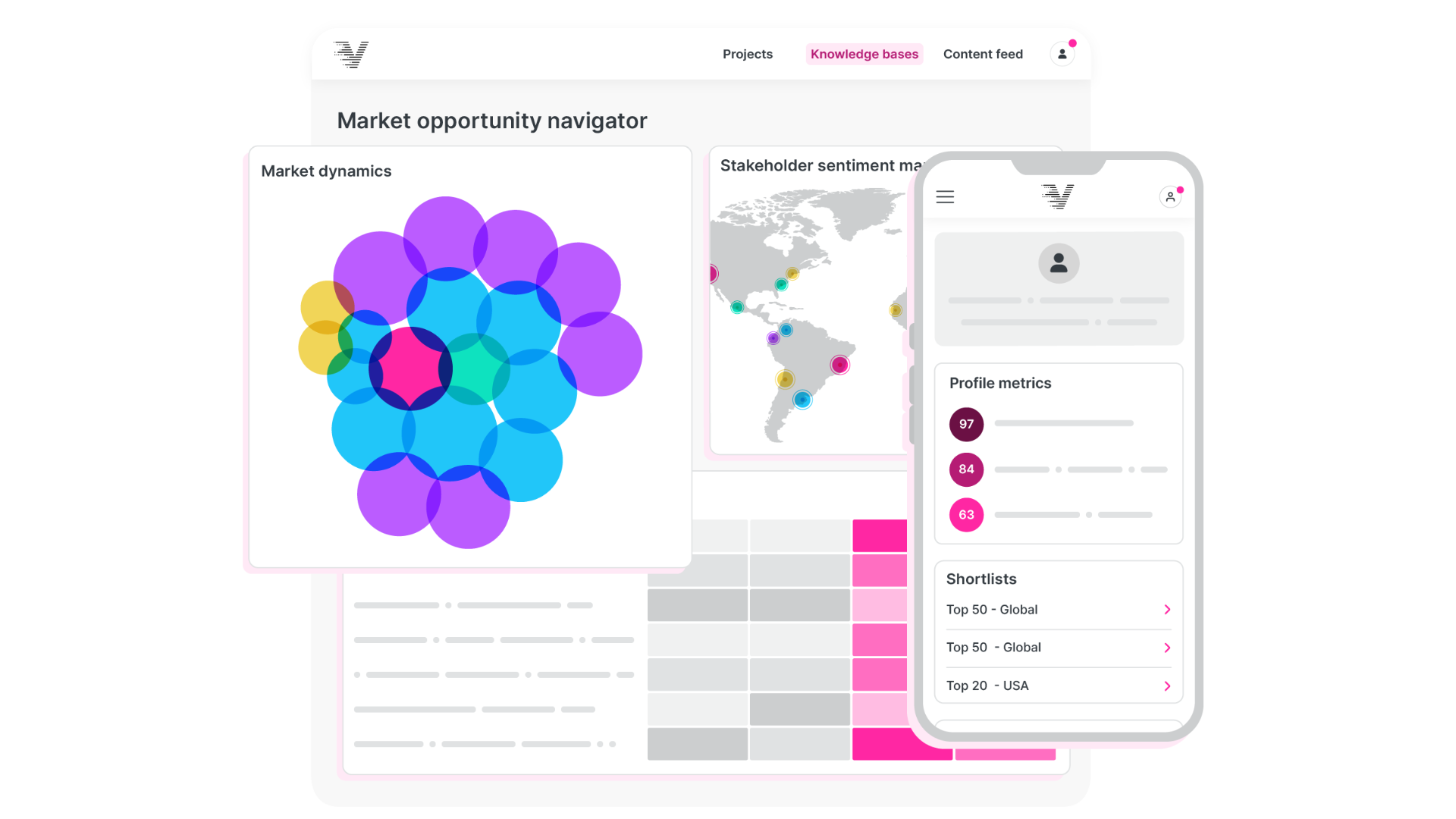What makes or breaks early asset evaluations?

When assessing a potential acquisition, clinical promise is only part of the picture. From a market access perspective, the real challenge is understanding the full landscape: what stakeholders believe, where the unmet needs lie, and whether the company is ready to act. That means looking beyond the science and asking harder questions about viability.
One recent project brought this into sharp focus. A client was considering a significant acquisition. The early signals were promising, but the internal conversation was stuck. Everyone had a slightly different view of the opportunity, and no one had the full picture. Our role was to cut through the noise and provide a clear, evidence-based view of what success would actually require.
It starts with the right questions
The first step was not to analyze the asset. It was to frame the real decision. What would success look like, and what were the potential blockers?
We asked:
- Is there a clear, persistent unmet need?
- How are stakeholders talking about current options?
- Who is shaping the narrative around the disease and treatment space?
- How would this asset be positioned in relation to existing therapies?
- What capabilities would the organization need to realize its potential?
Only once those questions were defined did we start pulling data.
Layering evidence, not just opinions
We approached the problem by integrating multiple sources of insight, each providing a different angle on the same question: is this asset viable, and under what conditions?
The analysis combined:
- Structured literature reviews to define the clinical and scientific context
- Social and digital listening to assess how patients, professionals, and influencers were framing the disease
- Stakeholder mapping to identify which voices were shaping the conversation and how that varied by region
- Competitive intelligence to benchmark other products, including how they were positioned and perceived
What stood out was not just what was being said, but who was saying it and how that changed across different stakeholder groups. For example, we found that while HCPs were broadly satisfied with existing therapies, patient communities remained vocal about quality-of-life issues. That tension suggested a gap in how products were being communicated and a potential opportunity for differentiation.
We also tracked how the narrative had evolved over time. A therapy area that once focused purely on clinical endpoints was now being shaped by broader conversations about cost, convenience, and equity. Any new entrant would need to address these themes directly.
Seeing the asset in context
Alongside the external landscape, we evaluated what the acquisition would mean internally. We looked at organizational readiness, resource needs, and how the asset would fit with existing medical and commercial capabilities.
This helped shift the conversation from “Do we like the asset?” to “Are we prepared to make it succeed?”
It also supported more productive conversations across functions. Medical, commercial, and access teams could all see where they would need to align and what that would involve in practical terms, from data generation plans to stakeholder education strategies.
A platform for ongoing alignment
The final deliverable was not just a report. It was a live intelligence board, built to support decisions now and in the future. It included:
- Sentiment analysis across stakeholder groups
- Strategic review of evolving discussion topics
- Forward-looking influencer segmentation by geography and activity
- Live dashboard for competitive, scientific, and digital intelligence
- High-level resource assessment and risk overview
This structure gave the client flexibility. They could explore the data from multiple angles, return to it during planning sessions, and update it as new information emerged.
Perhaps most importantly, it gave the leadership team a shared reference point, something grounded in evidence rather than opinion.
Turning insight into confidence
The result was a more confident, aligned acquisition decision. The client understood where the opportunity lay, what it would take to unlock, and how to sequence their investments. They had the data to back up their conviction and a clear plan for moving forward.
We have continued to support them post-acquisition, using the same intelligence board to guide early integration and inform launch preparations. It is a living tool, not a one-off deliverable, and that is exactly what effective market access work should enable.
If you are facing a critical acquisition decision and want to see what this kind of support can look like in practice, we would be happy to share the full case study. Sometimes the most powerful thing you can bring to the table is clarity.

